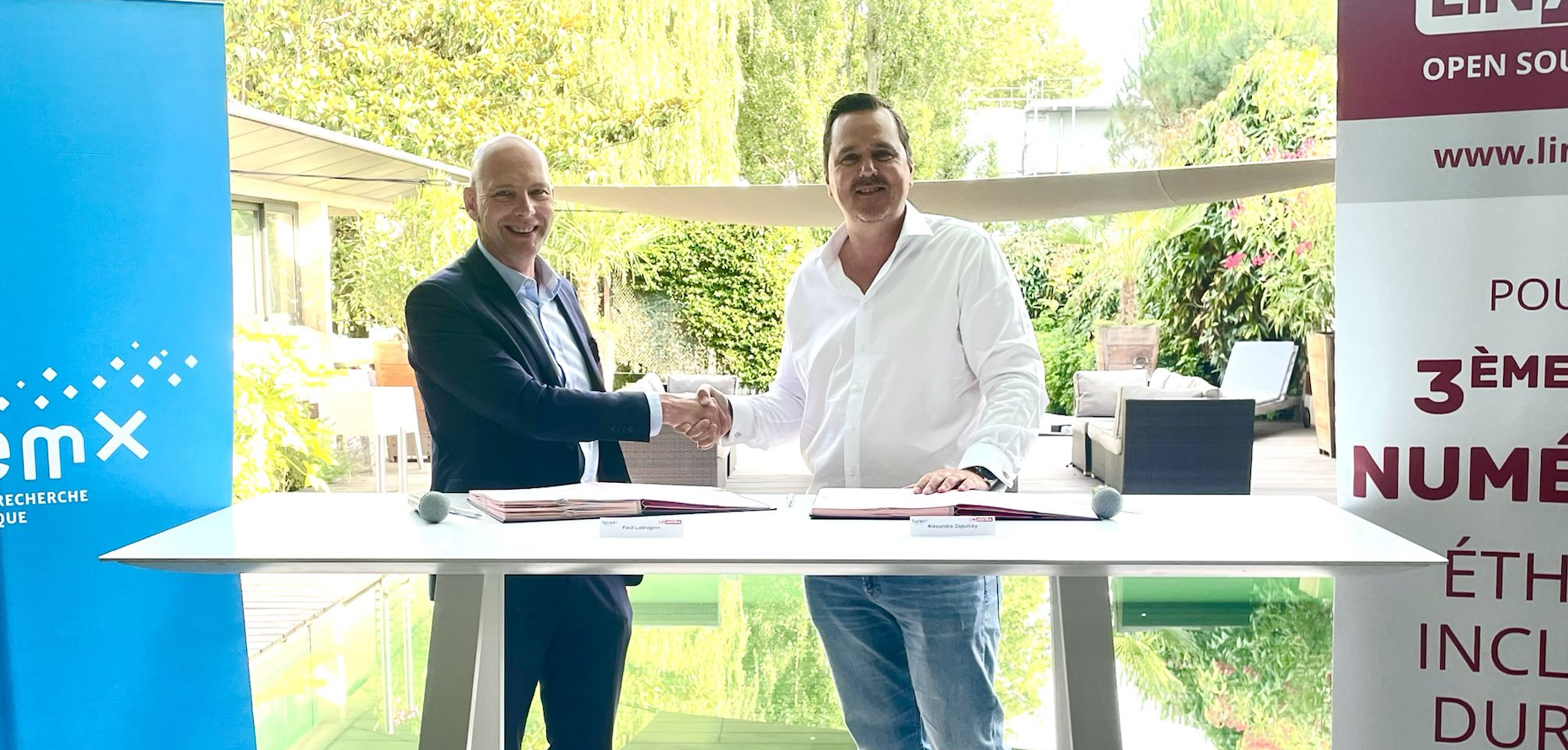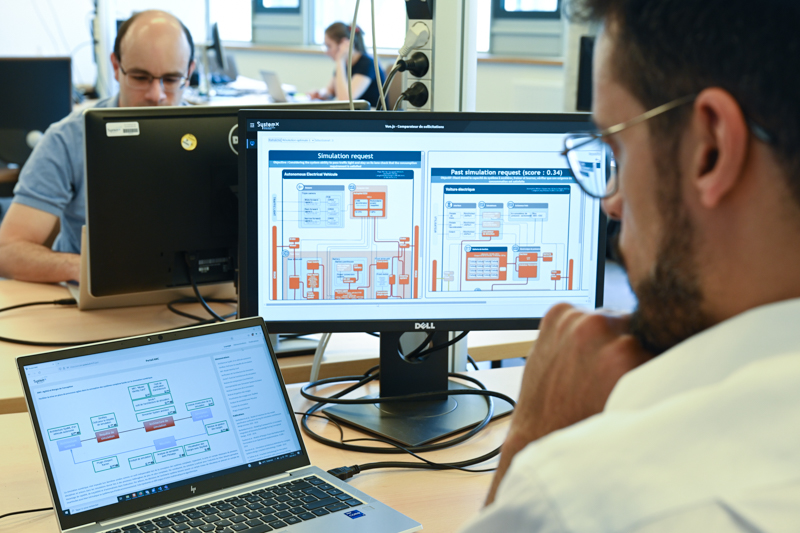S2C (System & Safety Continuity) Project: The two RTOs IRT Saint Exupery and IRT SystemX offer methodologies to establish and maintain the consistency of safety architectures in the field of aeronautics.
launched in 2019 for a period of 4 years , was led by a joint collaboration between two RTOs: IRT Saint Exupery in Toulouse and IRT SystemX in the Paris area. The aim of the S2C project was to define a tool-based methodological framework to guarantee and maintain the consistency of engineering data between system architectures and safety analyses, all the while meeting the certification requirements of civil aviation. The S2C project took place over 48 months, from 2019 to 2023, bringing together 17 partners – industrials, academics, tool makers and engineering specialists – mainly from the aeronautics industry. It relies on a history of assets in system engineering and operational safety developed by IRT Saint Exupery (MOISE project) and IRT SystemX (OAR, I(SC)² projects).
“The S2C project paves the way for new perspectives in the consistency management of engineering data” adds Anouk Dubois, coordinator of the S2C project for SystemX.
In order to guarantee the consistency of engineering data exchanged between system engineers and safety analysts, the RTOs explored three complementary and interdependent lines of approach:
- Consistency of SE/SA engineering data: this work, which was carried out within the framework of the aeronautics industry, completes the existing normative framework of the ARP – Aerospace Recommended Practice. It provides a set of models (process, data-model, traceability plan, other models…) and recommendations that guarantee the consistency of engineering data shared between SE and SA teams, thus strengthening the developments/analyses carried out on either side. This work was implemented for the different systemic levels of the aeronautics industry: aircraft manufacturers, system manufacturers and, to a lesser extent, part manufacturers. As a result, the following were produced: SE/SA consistency processes, associated data model and traceability plan, optimization recommendations for the traceability plan, checklist in support of consistency reviews, compatibility model for engineering solutions, POC for consistency management over time enabling to visualize the impact of an SE evolution on SA analyses and the management mechanism of the impact, as well as its severity.
- MBSA practical guide: this methodology guide is destined both for beginner engineers and experimented engineers in RAMS modelling. As such, it provides the keys to initiate a modelling project in MBSA (based on AltaRica) and studies sensitive issues and snares to be avoided. The guide also explores the heart of mathematical rules and principles governing calculations behind modelling software for more advanced readers. The different reading levels are clearly identified and explained in the document. The guide also comes with practical examples implemented with 3 available solutions on the market for industrials: SimfiaNeo®; Cecilia-Workshop®; Open AltaRica.
- Consistency between MBSE and MBSA models: the work on this line of research led to the distinction between several key dimensions in the search for consistency between separate models: structural or behavioural, localised or partial. Three different methods were then developed and tested on the use case of the project. These lead to an increased level of trust in consistency between models. These methods require the joint expertise of system architects and RAMS engineers. They result in the collaboration of these two specialisations further upstream and can rely on tools to identify possible inconsistencies. Potential efficiency gains were identified in the development of these methods.



